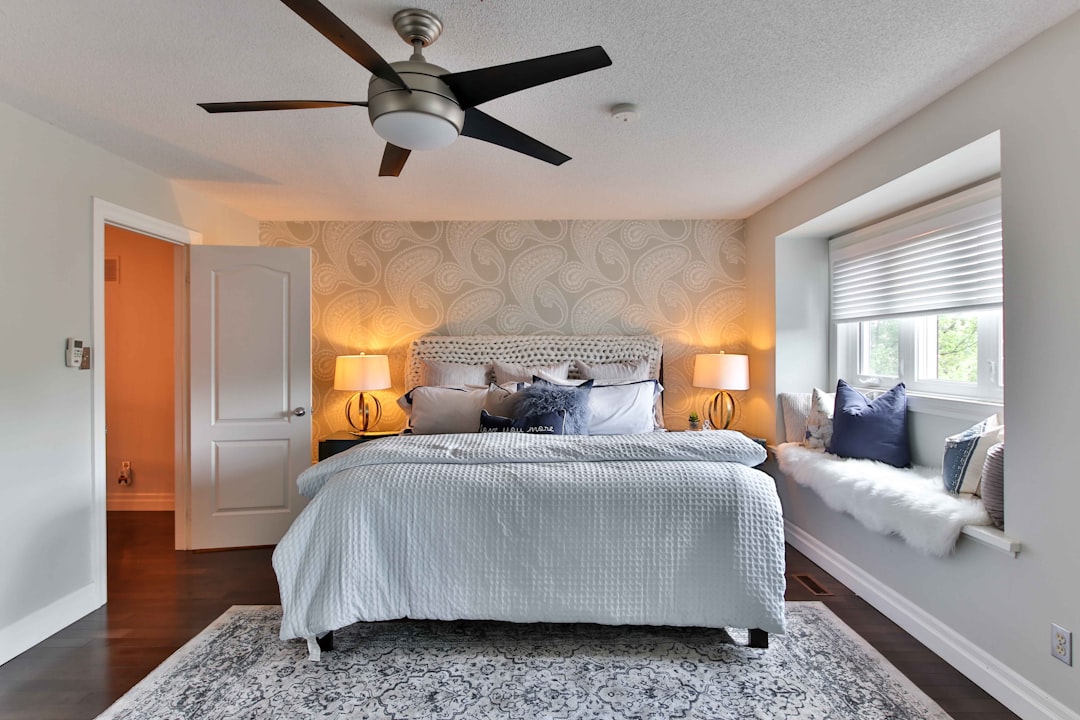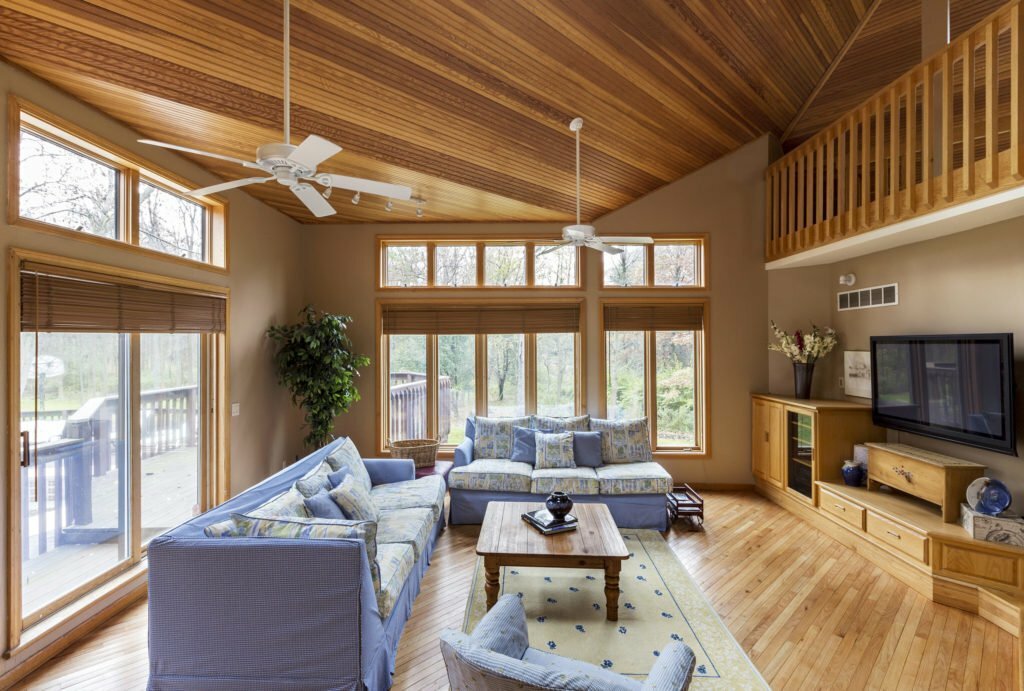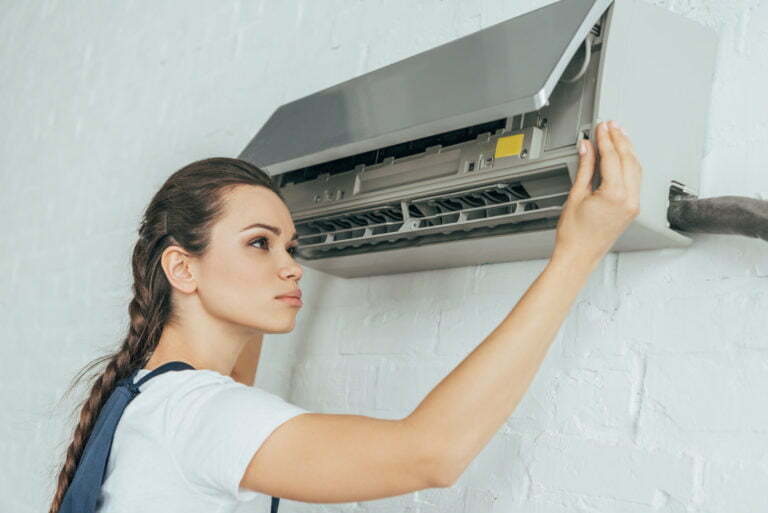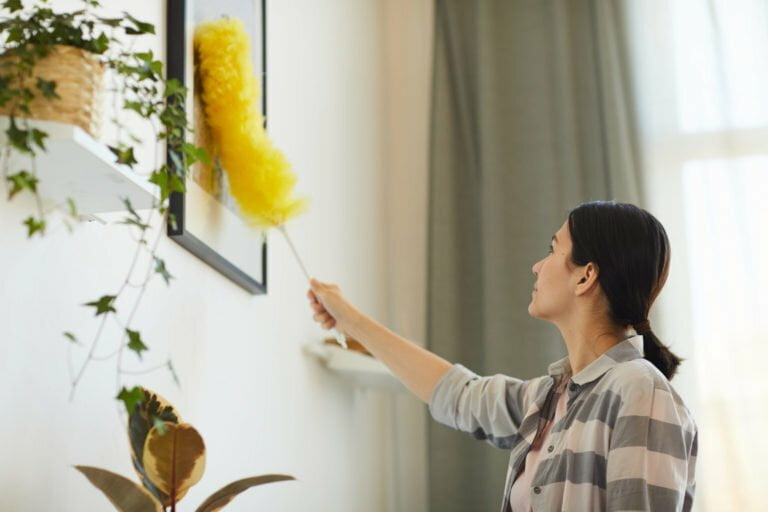We all want to stay cool when the temperature starts to climb. Your HVAC is typically going to be your first line of defense against heat, but you have to all of use your heating, ventilation, and air conditioning systems properly. Ceiling fans are a great way to ventilate your home and spread chilled air throughout the area, but did you know that your ceiling fan direction matters if you want to cool your space? There’s a lot to learn about your fans and your HVAC system if you want to be comfortable all summer long. If you need some advice, read on to learn about the right way to use a ceiling fan in the summer.
What is the right way to use a ceiling fan in the summer?

Believe it or not, the way you use your ceiling fan will have a lot to do with how well it cools your home. For example, which way should a ceiling fan turn in the summer? You definitely want to make sure your fan is in the correct direction. In the summer, you want to set your fan to spin in a clockwise direction to push the air down. You’ll also want to ensure your fan is set to low speed. You don’t want to have your fan on high speed, as this will just blow hot air around the room. Set your fan to low speed to create a gentle breeze. If you have multiple fans in your home, make sure to set them all in the same direction. This will create a consistent airflow throughout your home.
When it comes to ceiling fans and HVAC systems, there are a few things to know. First, ceiling fans don’t actually cool the air, but they do circulate it. This means that if you have a ceiling fan running, you can set your thermostat a little higher. In addition, ceiling fans can make your HVAC system more useful. When the fan is turned on, it creates a wind chill effect. This causes your body to sweat, which then cools you off. The fan can move the air around in the room, which helps the HVAC system to distribute the air more evenly.
No matter where you live or what the temperature is, maintaining your HVAC system will allow it to work efficiently. By properly cleaning and servicing your system on a regular basis, you can prevent costly repairs. Changing the air filters regularly is one thing you can do so your system always runs smoothly. Don’t forget to schedule biannual maintenance checks with a qualified HVAC technician to ensure that all the components of your system are working properly.
What else can you do to stay cool?

If you want to cut down on your energy costs this summer, upgrading to a smart thermostat is a great way to do it. A smart thermostat does this in a few ways. A smart thermostat can learn your habits and preferences, so it can automatically adjust the temperature to save energy. It can also adjust the humidity level to make sure your home is cool. Not only will you save money on your utility bill, but you’ll also help the environment, as smart thermostats can reduce your carbon footprint. Plus, many smart thermostats can be controlled remotely, so you can adjust the temperature no matter where you are.
Window insulation is an important part of staying cool during the summer. Cracks and crevices in windows can let in the hot air and make your home uncomfortable. You can insulate your windows with a variety of materials, including plastic film, caulk, or weatherstripping. If you have older windows, you may want to consider installing new windows. As a bonus, they will be more energy efficient. You can also install window shades or blinds to block the sun out.
As you can see, there’s more to learn about ventilation and air conditioning than you might think. Educating yourself so you can employ the most efficient practices in your home this summer is essential. You can start by making sure your ceiling fans are rotating in the right direction. Upgrading to a smart thermostat is another smart idea if you want your HVAC system to be as effective as possible. The condition of fixtures like your windows and doors can also impact the indoor temperature. If you take all these factors into account, you should be able to keep your home comfortable this summer.




